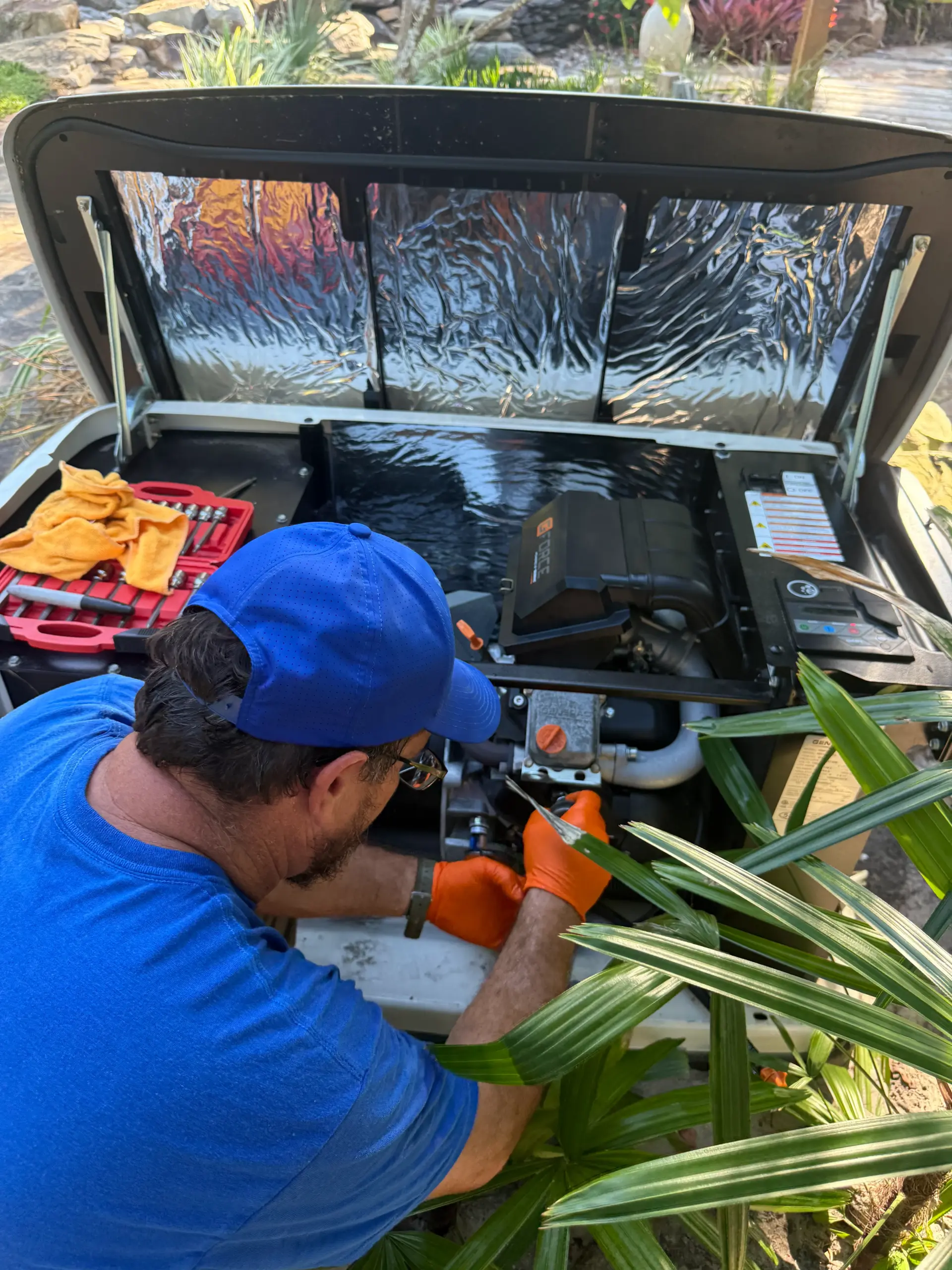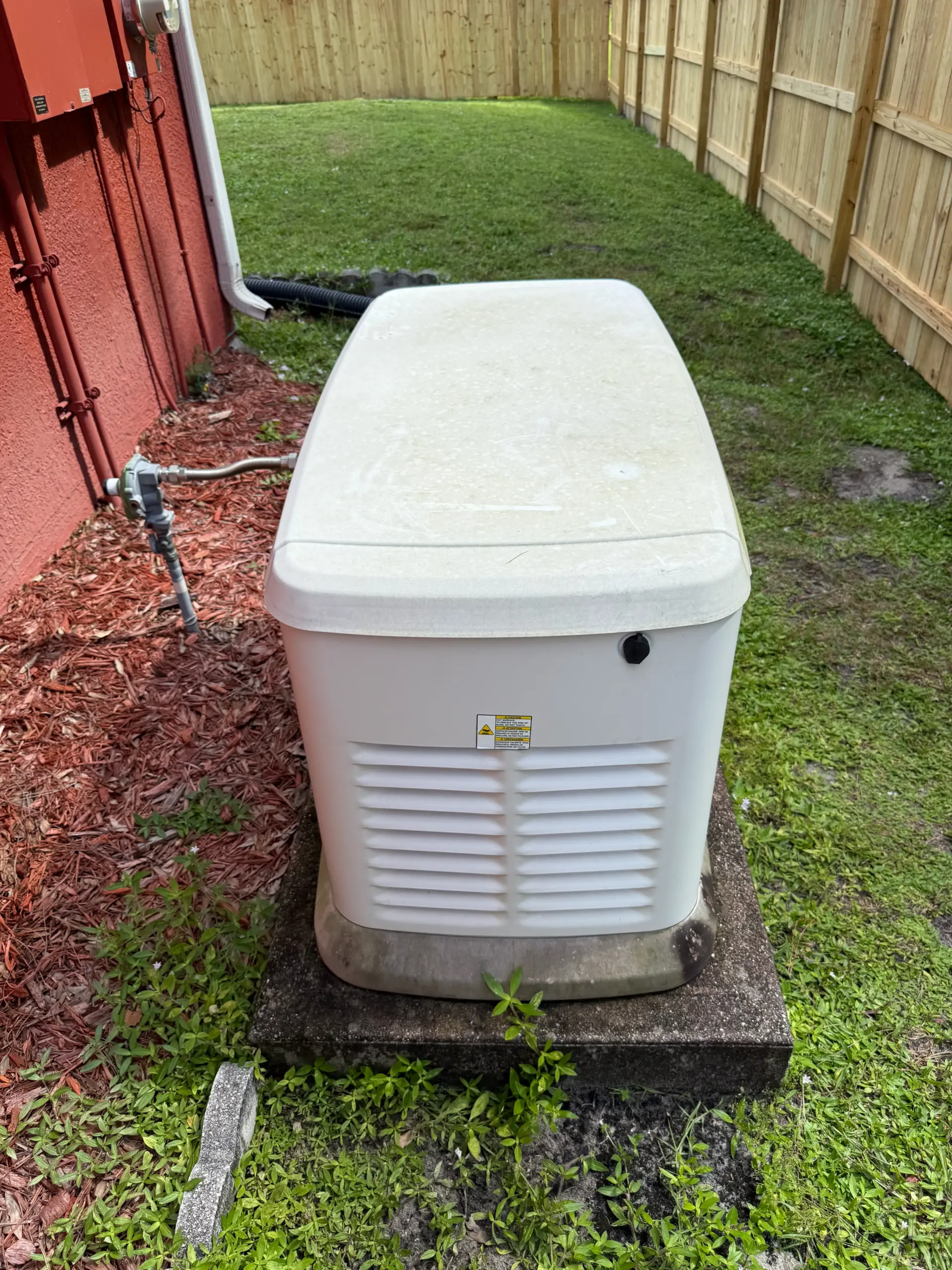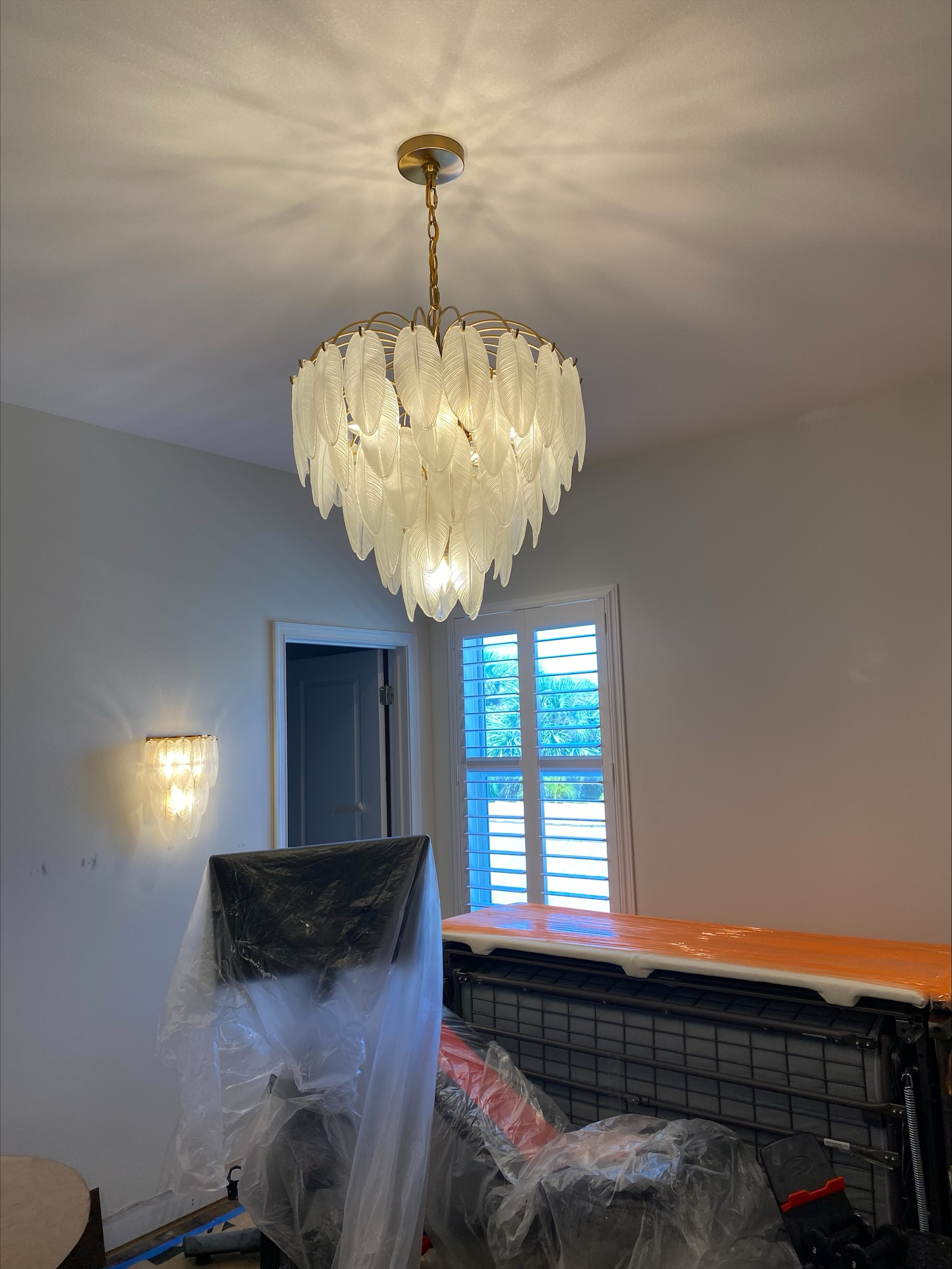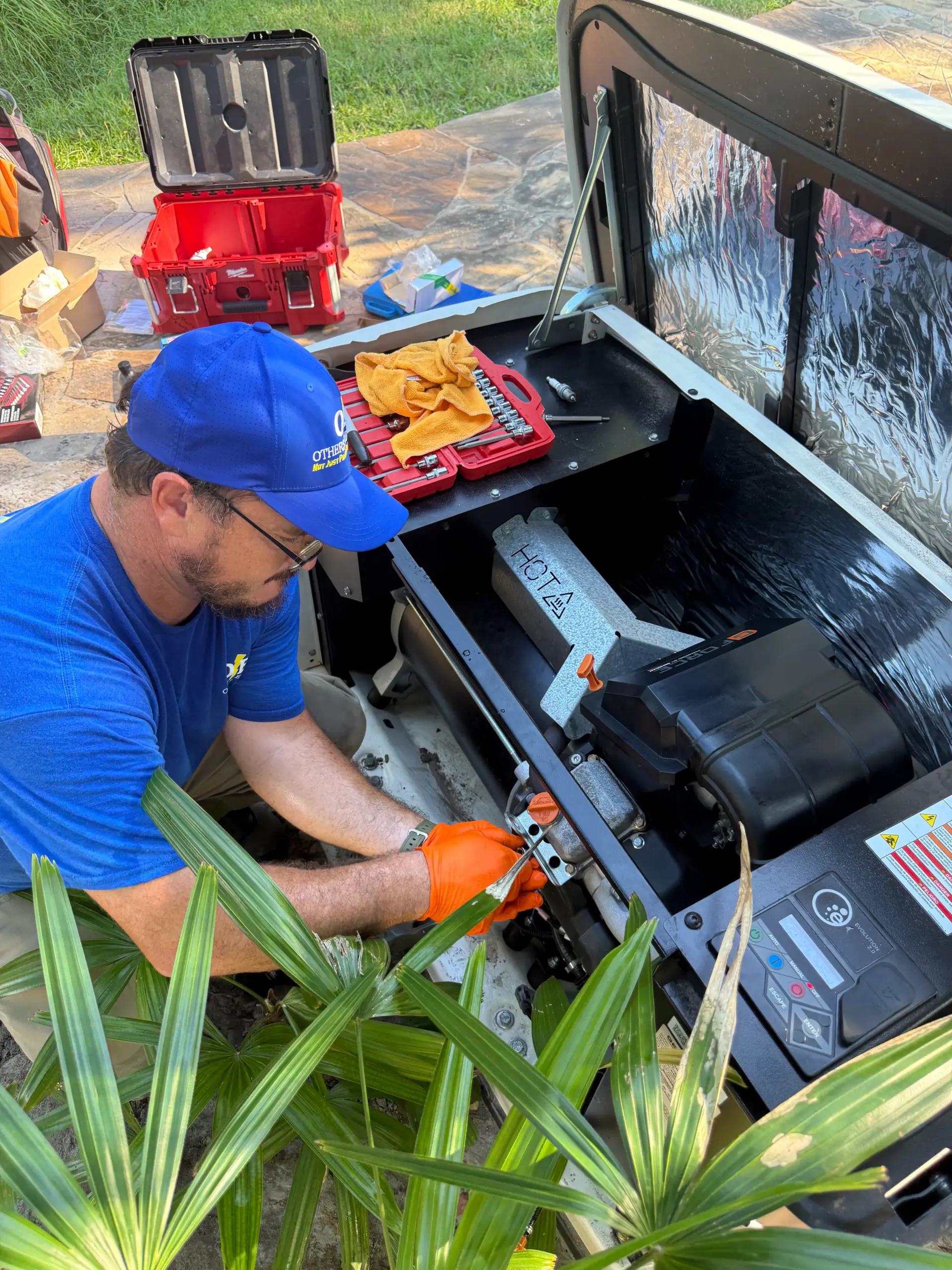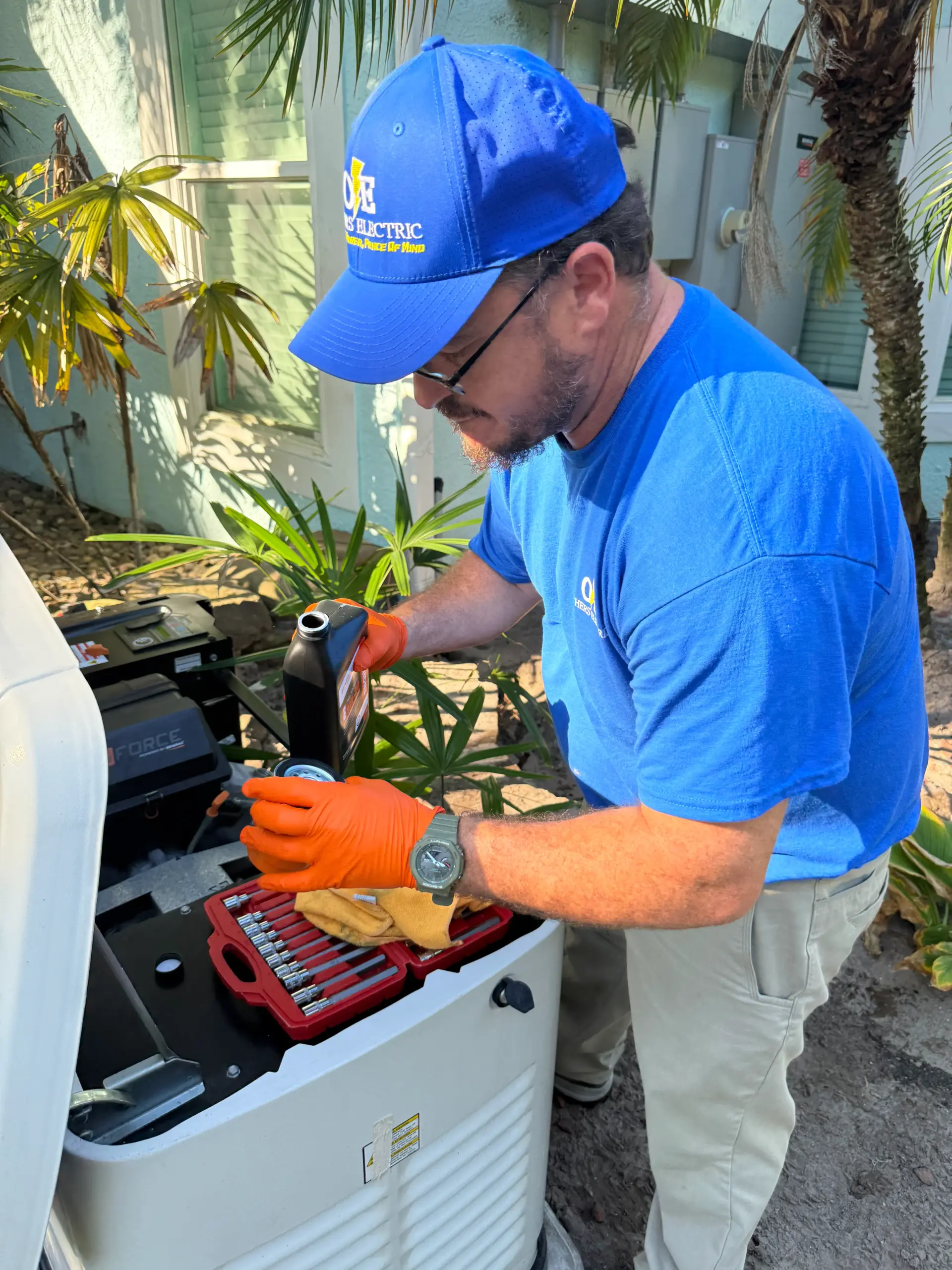In the modern world of electronics, where computers, televisions, gaming consoles, and smart home devices are often used in the same room, managing power access becomes a challenge. It’s not uncommon to see a surge protector plugged into an extension cord as a way to increase reach or plug capacity—but can you plug a surge protector into an extension cord safely? While it may seem convenient, this setup introduces risks that can affect both your devices and your home’s electrical safety. Understanding the implications is essential for making informed decisions about power management.
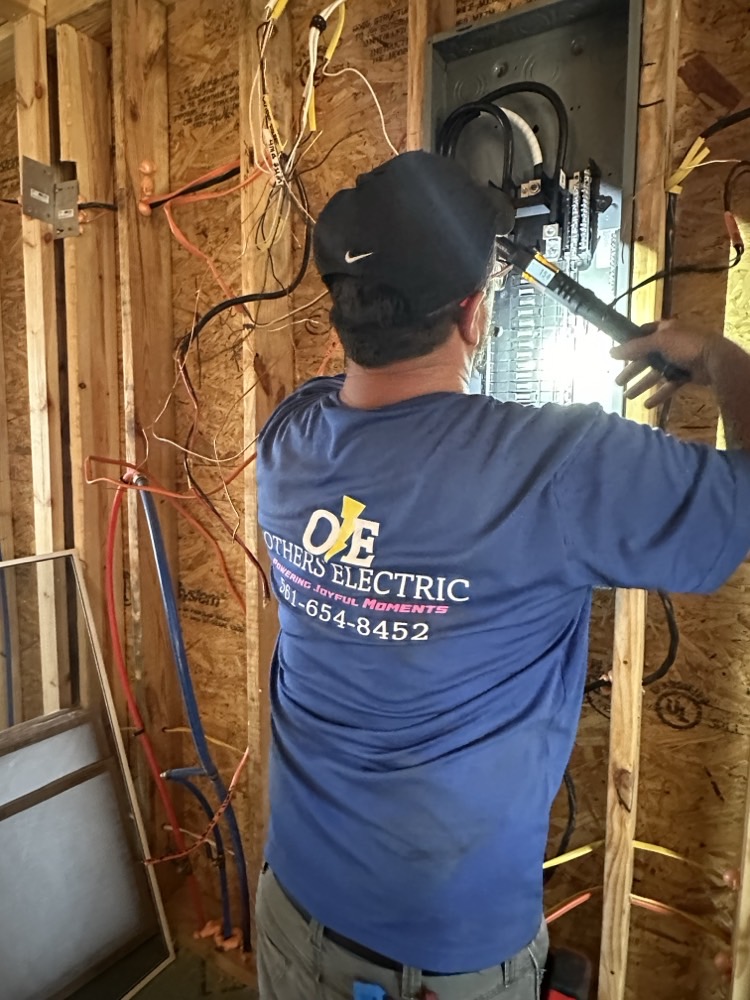
What Surge Protectors Are Designed to Do
Surge protectors are not just fancy power strips. They contain internal components that protect electronic devices from voltage spikes and electrical surges. These surges can result from lightning strikes, power outages, or fluctuations in your local grid. By diverting excess voltage safely to the ground, surge protectors help prevent damage to sensitive electronics.
However, for surge protection to be effective, the device must be plugged into a properly grounded outlet with adequate current capacity. When a surge protector is plugged into an extension cord—especially one not rated for heavy loads—it can compromise the effectiveness of the surge protector and increase fire risk.
Why Extension Cords and Surge Protectors Don’t Mix
Plugging a surge protector into an extension cord is generally not recommended by electricians or fire safety professionals. The primary reasons are:
- Electrical Load Concerns: Extension cords are often not rated to handle the current that a surge protector and its connected devices draw. Overloading an extension cord can cause it to overheat, potentially resulting in a fire.
- Voltage Drop and Resistance: Extension cords introduce resistance, which can lead to voltage drop. This reduces the effectiveness of surge protection and can negatively impact sensitive electronics.
- Grounding Limitations: Not all extension cords are grounded. If you plug a grounded surge protector into an ungrounded cord, the surge protector can’t safely divert excess voltage to ground, rendering its protection useless.
- Code and Insurance Violations: Many building codes and insurance policies do not allow daisy-chaining power devices like this. If a fire occurs, using such setups can void claims or lead to fines during inspections.
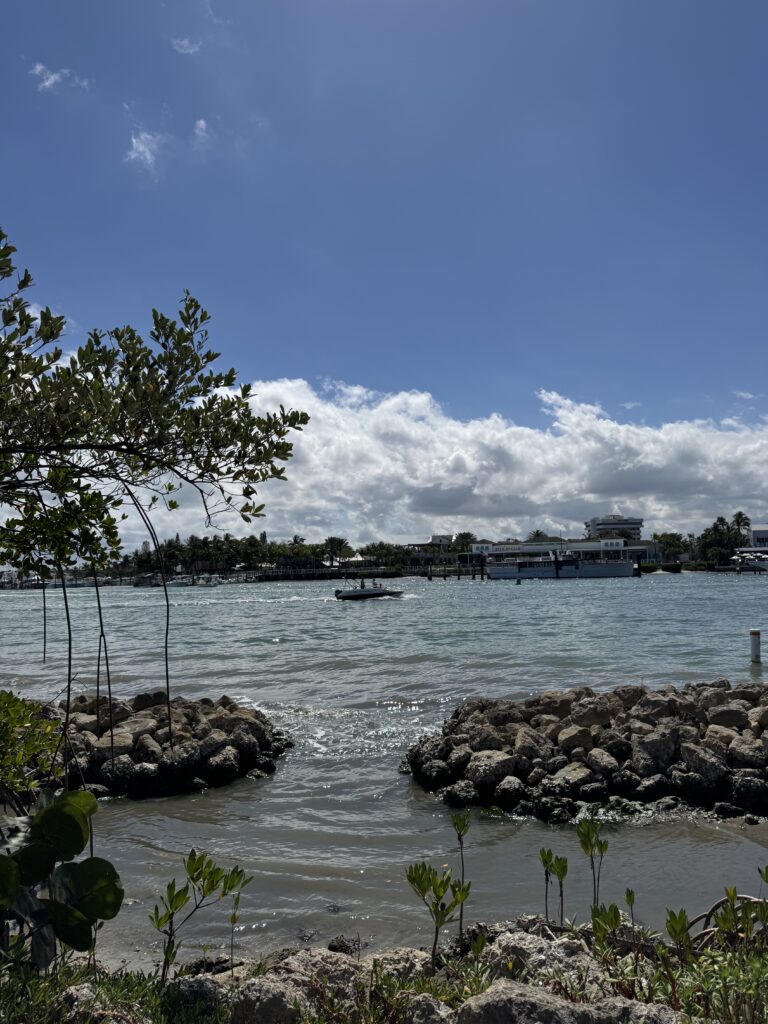
UL and Manufacturer Warnings
Underwriters Laboratories (UL), a global safety certification organization, explicitly advises against plugging surge protectors into extension cords. Most manufacturers also include this warning in their instructions. Ignoring these guidelines not only increases risk but can also void the product warranty.
If more length is needed, it’s safer to use a surge protector with a built-in long cord or install a properly rated power outlet closer to your setup. Companies like Others Electric can install custom outlets and circuits to ensure safe, convenient access to power for home offices, entertainment systems, and more.
When It Might Be Temporarily Safe
There are limited, temporary-use scenarios where plugging a surge protector into an extension cord may not pose immediate danger—but even then, only under strict conditions:
- The extension cord must be heavy-duty and grounded, rated for at least 15 amps.
- The devices plugged into the surge protector must have low total wattage draw.
- The total run length must be kept short to minimize voltage drop.
Even in these cases, it should only be a short-term solution. Long-term use increases the chances of degradation and hazard. For more permanent setups, hardwired surge protection or additional outlets are a far better choice.
Better Alternatives for Power Management
Instead of plugging a surge protector into an extension cord, consider the following safer options:
- Install additional wall outlets in rooms where you consistently need more power access.
- Use surge protectors with longer cords that reach your devices without needing an extension.
- Opt for power distribution units (PDUs) or professionally installed power strips if managing multiple devices in an office or entertainment center.
- Use in-wall surge protection for whole-home protection against voltage spikes.
These options not only improve safety but also reduce clutter and provide better performance for sensitive electronics.
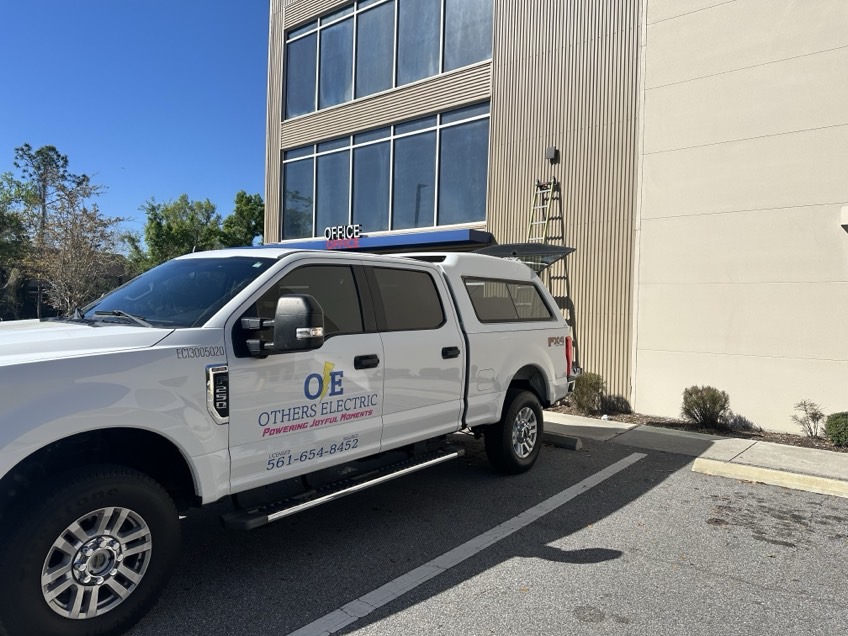
Conclusion
While it might seem harmless, plugging a surge protector into an extension cord is not a recommended practice. The potential hazards—including overheating, reduced surge protection, and fire risk—far outweigh the convenience. If power access is a challenge, the safest solution is to modify your setup with help from a licensed professional.
At Others Electric, experienced electricians can assess your home’s electrical needs and provide permanent, code-compliant solutions that ensure both convenience and safety. For further guidance on safe wiring practices, you can also reference materials from the National Fire Protection Association (NFPA).


